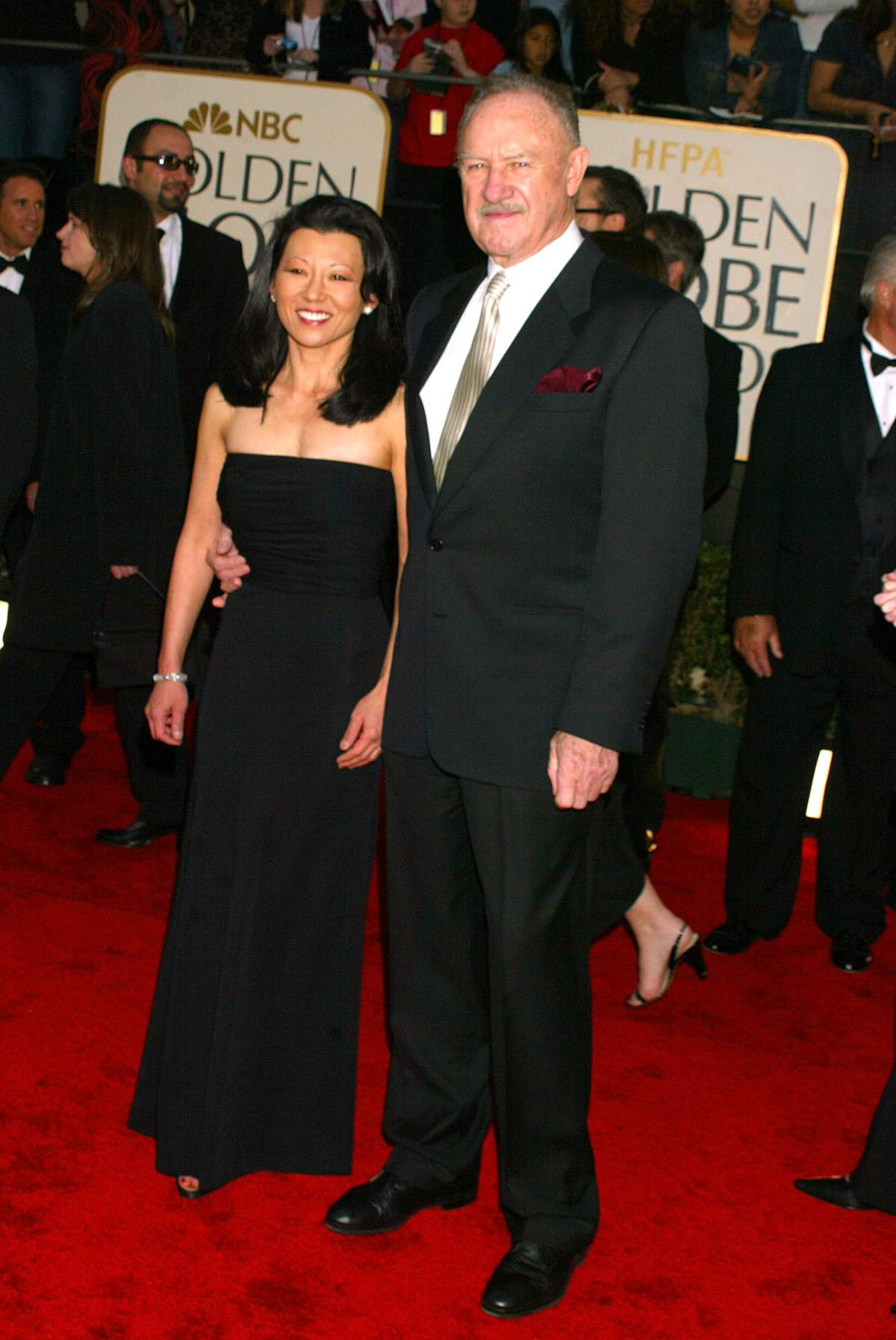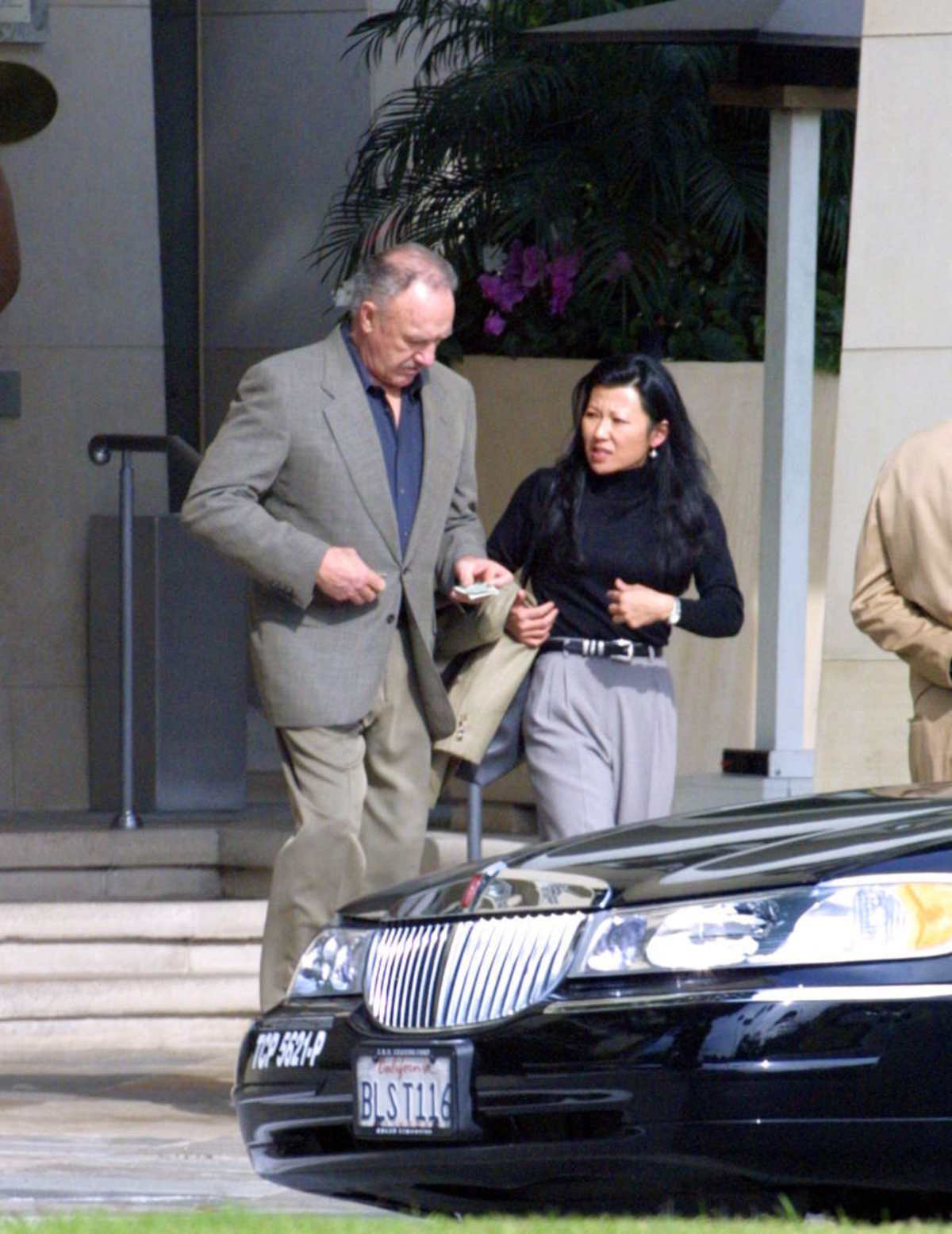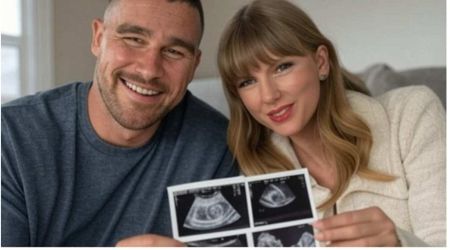Pathologists reveal how ‘mummification’ complicates timeline of Gene Hackman and wife’s mysterious deaths

SANTA FE, NEW MEXICO: The mysterious deaths of legendary actor Gene Hackman and his wife, Betsy Arakawa, have left authorities grappling with the challenge of determining the exact timeline of events.
After the couple’s bodies were discovered in their Santa Fe home on February 26, the advanced state of decomposition has complicated the investigation into the cause and time of death.
Forensic pathologists are now weighing in on the difficulties of determining the time of death, especially as the bodies of Betsy, 65, and Hackman, 95, showed signs of mummification, making it harder to pinpoint when they died.
Forensic pathologist explains challenges of determining time of Gene Hackman and Betsy Arakawa's deaths
“When you have bodies that are decomposed or haven't been seen, and especially with people who haven't been seen for a while, the first question in terms of trying to figure out what happened is figuring out the time of death,” explained forensic pathologist Judy Melinek to People.

She further added, "And one way of figuring out the time of death is to look at markers at the scene, indicators of when was the last time they were alive. And those tend to be more reliable than the anatomic markers once the body is badly decomposed."
Melinek elaborated on the challenges posed by decomposition, noting that early signs like rigor mortis and body temperature can help estimate the time of death in the initial stages, but once decomposition advances, those markers become unreliable.
“In the early phases after death, we can rely on things like rigor mortis — the stiffening of the body — or algor mortis, which is the body temperature,” the pathologist said. “And we can use those to try to narrow down the postmortem interval, but once the body's decomposed, it's a lot harder to do," she added.

The condition of the bodies found at the scene raised further concerns. Officers discovered Betsy lying on her side in the bathroom, with signs of body decomposition, bloating in her face, and mummification in her hands and feet.
Nearby, a space heater was found, suggesting it could have contributed to the environmental conditions that sped up the decomposition process.
Chief Medical Examiner highlights challenges of mummification in determining time of death
James Gill, Chief Medical Examiner at the Connecticut Office, also weighed in on the complications caused by mummification of the bodies.
He explained, “You're not going to be able to tell from the postmortem changes, because once you get to mummification then all bets are off."
He added, "It depends where in the house they were, what were they wearing, all sorts of things can affect the postmortem changes. Once you get to that mummification stage there's nothing to ... be able to distinguish the two deaths timewise.”

Gill also noted how environmental factors play a significant role in the time taken by a body to decompose.
“Generally dry environments, a person will mummify more quickly than in a non-dry environment,” he remarked. “Was that bathroom drier? What if the heater was on? That certainly could explain some advanced mummification. Heat generally accelerates decomposition," he added.
Girll continued, "What kind of clothing are they wearing? Is he in front of a window with the sun coming in? Or is she in a closed room with no windows? All those factors can play a role in how quickly someone decomposes.”

Forensic experts also examining circumstantial evidence to help piece together the timeline. Melinek explained that authorities can use indirect clues, such as when the couple was last seen alive or when their mail started piling up, to help narrow down the time of death.
As the investigation into the deaths continues, it remains unclear how long Hackman and Arakawa had been deceased before their bodies were discovered. The Santa Fe County Sheriff's Office has ruled out carbon monoxide poisoning as a cause of death, but the exact circumstances are still unknown.










